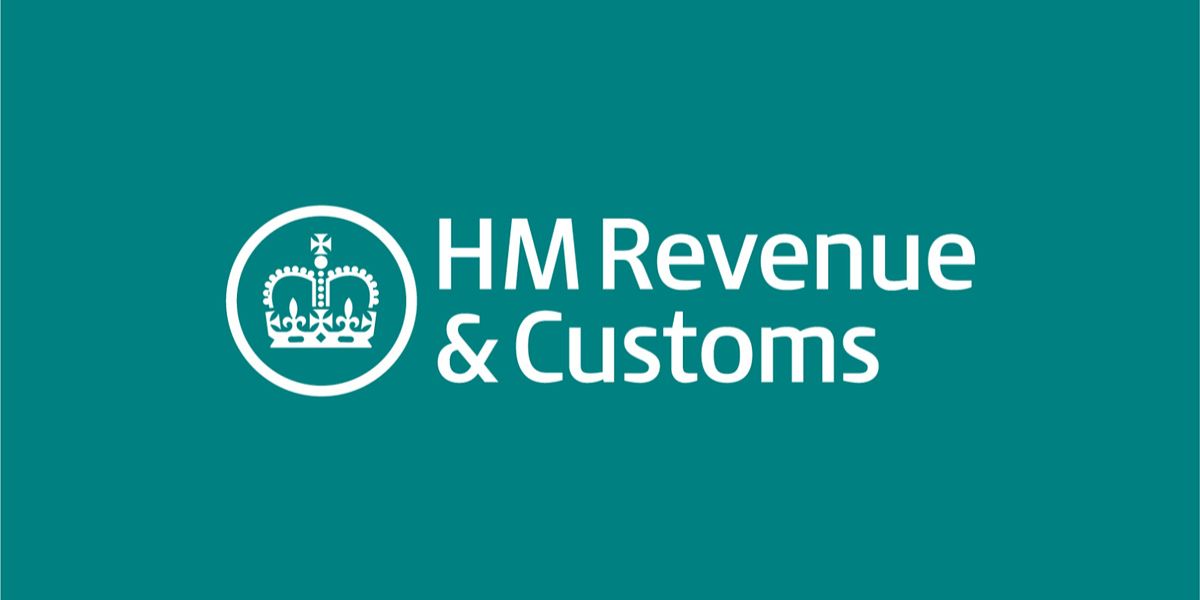The HMRC published a series of answers on 28 May 2013 to frequently asked questions about the Seed Enterprise Investment Scheme (Seed EIS). The scheme has been applicable in respect of shares issued after 6 April 2012. The Seed EIS was set up to help investment in small start-up companies by giving 50% income tax relief to investors buying shares in a qualifying company and by also giving some capital gains tax relief. The rules for qualifying investments are similar to those for the long-established Enterprise Investment Scheme (EIS) except that the maximum size of qualifying companies and of investments is smaller.
There is no registration process for companies to take part in the scheme. A company must first issue its shares and then apply to HMRC for approval under the Seed EIS. If approval is given the company may then issue the appropriate forms to its investors to claim tax relief under the scheme. The company may check with HMRC under the advance assurance facility to see if it the shares when issued are likely to be eligible for tax relief under the Seed EIS. Before making an application for advance assurance the company must already be incorporated. There is no fee for advance assurance and the company is not obliged to apply but it may be wise to consult the investors before taking a decision. The Seed EIS is only available for investors in equity capital of companies and is not therefore available for loans to companies or in respect of investments in partnerships.
A company is only eligible to issue shares under the Seed EIS in the first two years of the trade that it carries on at the time of the issue of the shares. The two year limit does not relate to the date of incorporation of the company but to the length of time for which the trade has been carried on by the company or by another person or business that then transferred the trade to the company. The company may not have engaged in any other trade before commencing the qualifying trade for which shares are being issued under the Seed EIS.
A company does not need to have commenced trading to qualify under the Seed EIS rules, but if the company is not yet trading the money raised from the shares must be used to prepare for the qualifying trade or to perform research and development activities leading to a qualifying trade. There is no time limit with regard to when the company must commence the qualifying trade. The money raised from the share issue must however be spent within three years on the research and development or preparation for a qualifying trade.
The Seed EIS is intended to help companies that would otherwise have difficulty raising money to finance the development of their business. A company that has already raised money under the government’s scheme relating to venture capital trusts or through the Enterprise Investment Scheme (EIS) cannot also raise capital through the Seed EIS. However if a company previously applied for advance assurance under the EIS but has not yet issued shares it is still possible for the shares to qualify under the Seed EIS. In this case a company is advised to check with HMRC’s Small Companies Enterprise Centre that the shares when issued are also likely to qualify under the Seed EIS.
A person considering if relatives may obtain Seed EIS relief for investing in the business must consider the provisions in respect of associates. A person may not obtain Seed EIS relief if that person’s shareholding, together with those of associates, is more than 30%. Associates include a spouse, parents, grandparents, children and grandchildren, as well as that person’s partners in another business. Some other relatives such as siblings, cousins, aunts or uncles are not included in the definition of an associate, and friends who are not relatives are not associates.
Although most trades qualify under the Seed EIS some are excluded, mainly if they are low risk, asset backed or not permitted under EU rules. The guidance refers to the relevant section of HMRC’s venture capital schemes manual for further details of excluded trades. These include farming, market gardening, forestry, hotels, nursing homes, banking, insurance, leasing, dealing in land, accountancy or legal services.
The total amount that may be raised by a company under the Seed EIS is GBP 150,000. A company needing more than this should raise the rest of the funds under the EIS. However at least 70% of the Seed EIS money must be spent before funds may be raised under the EIS.
The rules state that a company may have assets of no more than GBP 200,000 at the time of issue of the shares. The guidance confirms that this is a figure for gross assets before taking into account liabilities. Where the company has not yet compiled a balance sheet the figure should be computed from the assets owned by a company that would be included on the balance sheet when the accounts are finalized.
Under the Seed EIS rules the company must have fewer than 25 employees who are working full time or are the equivalent of full-time at the time the shares are issued. The guidance states that this figure may be computed using any reasonable method. For example, the company does not need to take into account employees who are away on maternity leave, or students who are on vocational training.
The guidance points out that the 30% limit on shareholding in the company is strictly related to the nominal value of the share capital and not to the amounts paid for those shares when issued. So if an investor pays much more for shares than the original amounts paid by the founders of the company this does not affect eligibility for the relief which depends on the percentage shareholding. The potential investor should therefore look at the percentage of the nominal share capital to be acquired.
From the point of view of the investor in the company, the guidance confirms that there is no minimum investment under the Seed EIS but the maximum investment by any individual that can qualify for tax relief under the scheme is GBP 100,000 each year. The same person may invest in more than one company under the Seed EIS provided that the total investment in a year is no more than GBP 100,000. The same person may invest in both the Seed EIS and the EIS schemes provided that no more than GBP is invested under the Seed EIS and no more than GBP 1 million under the EIS in one year.
















